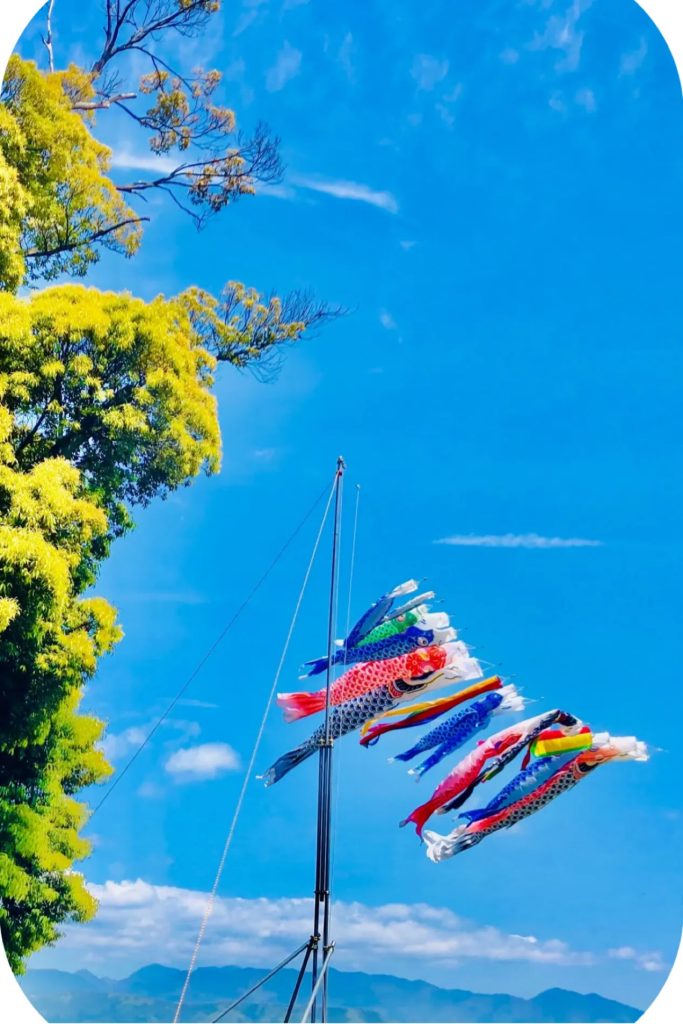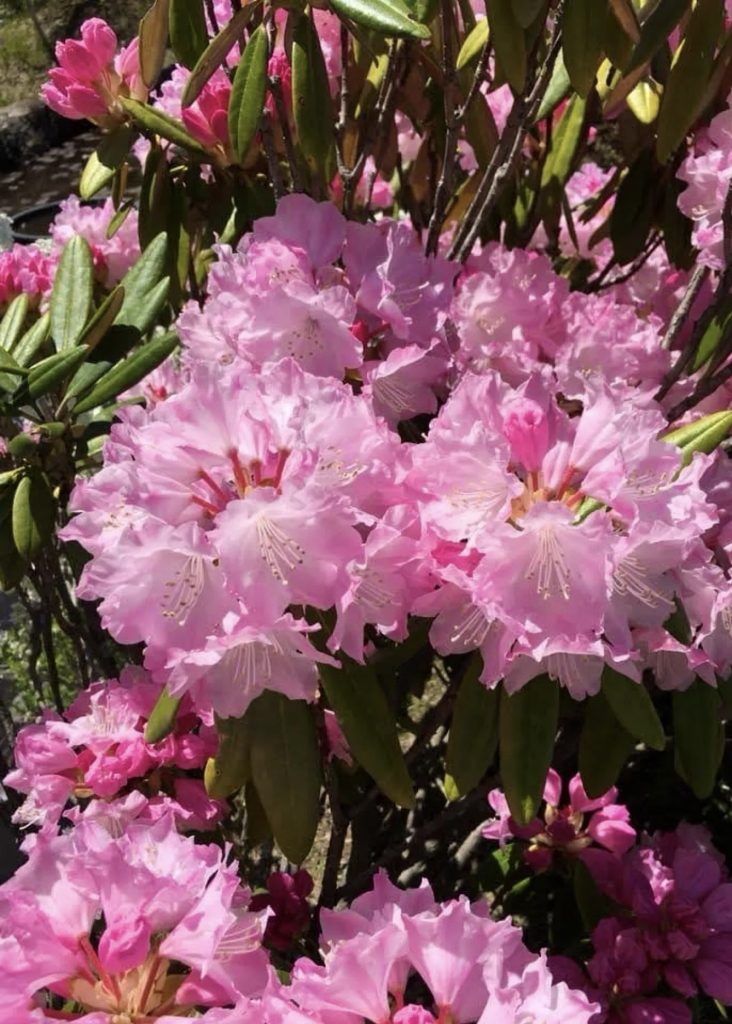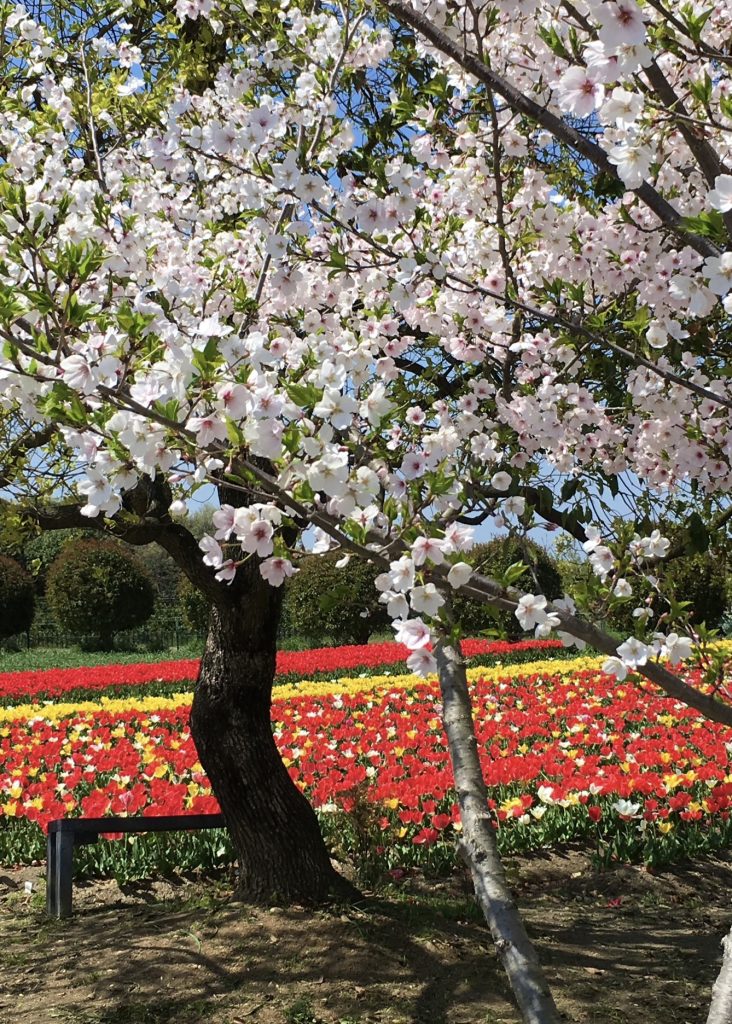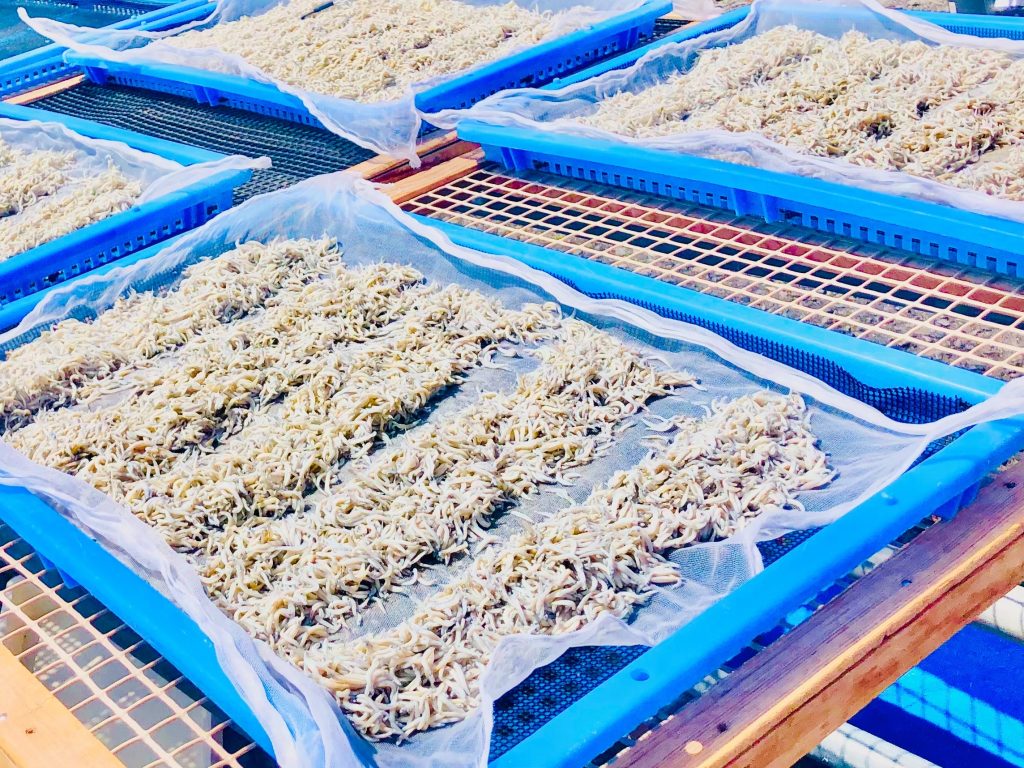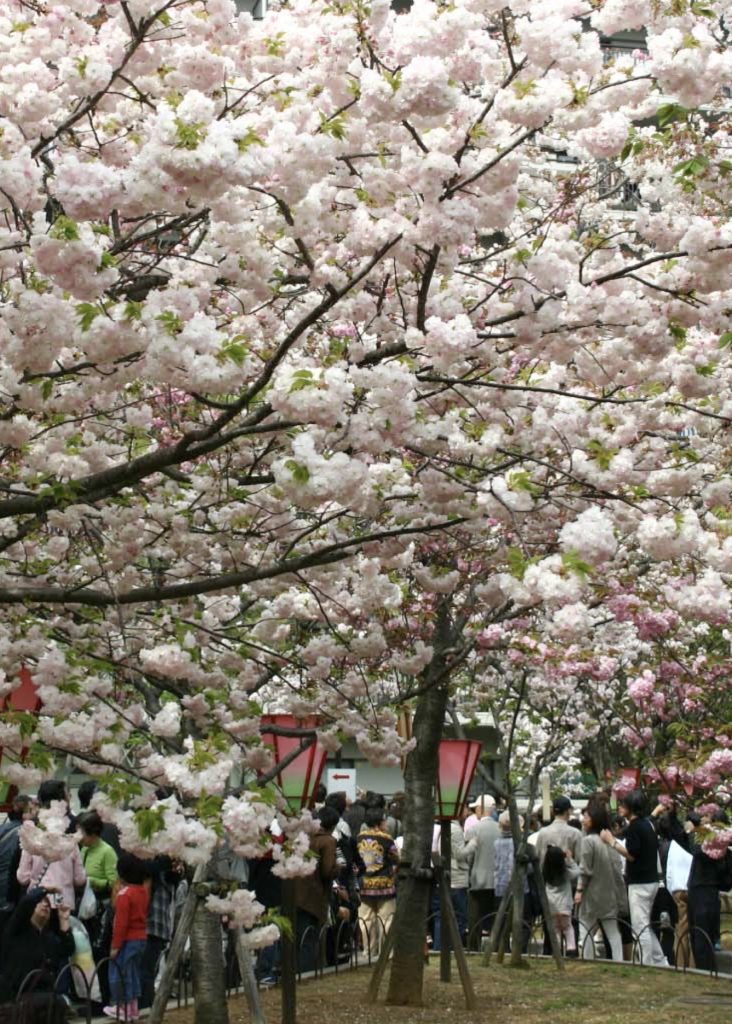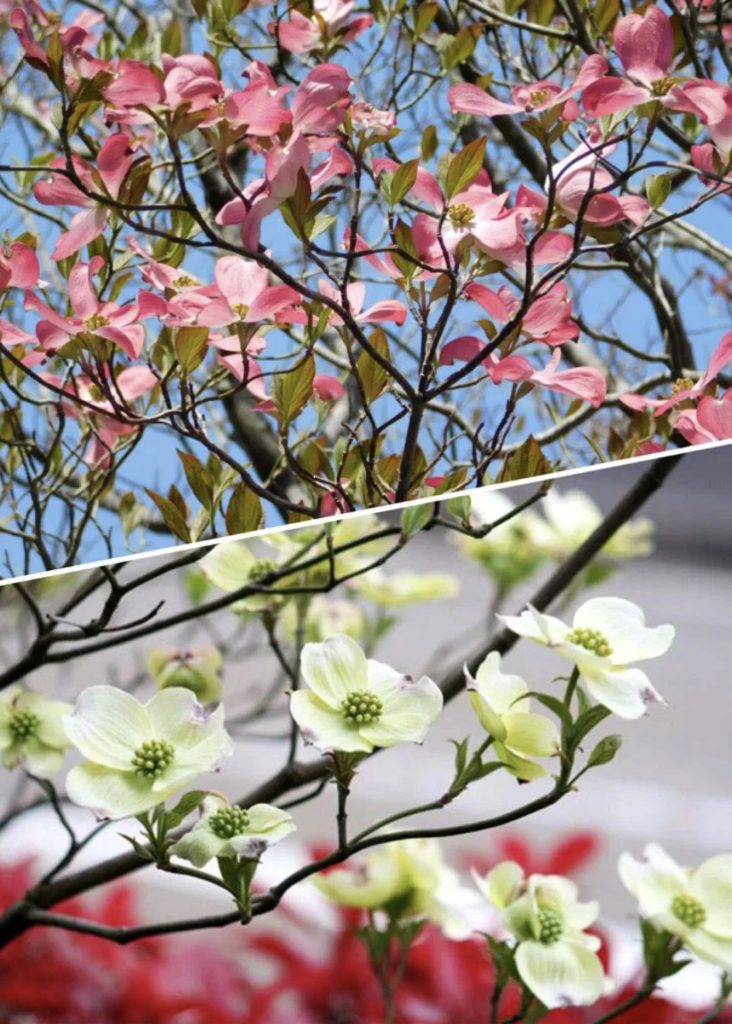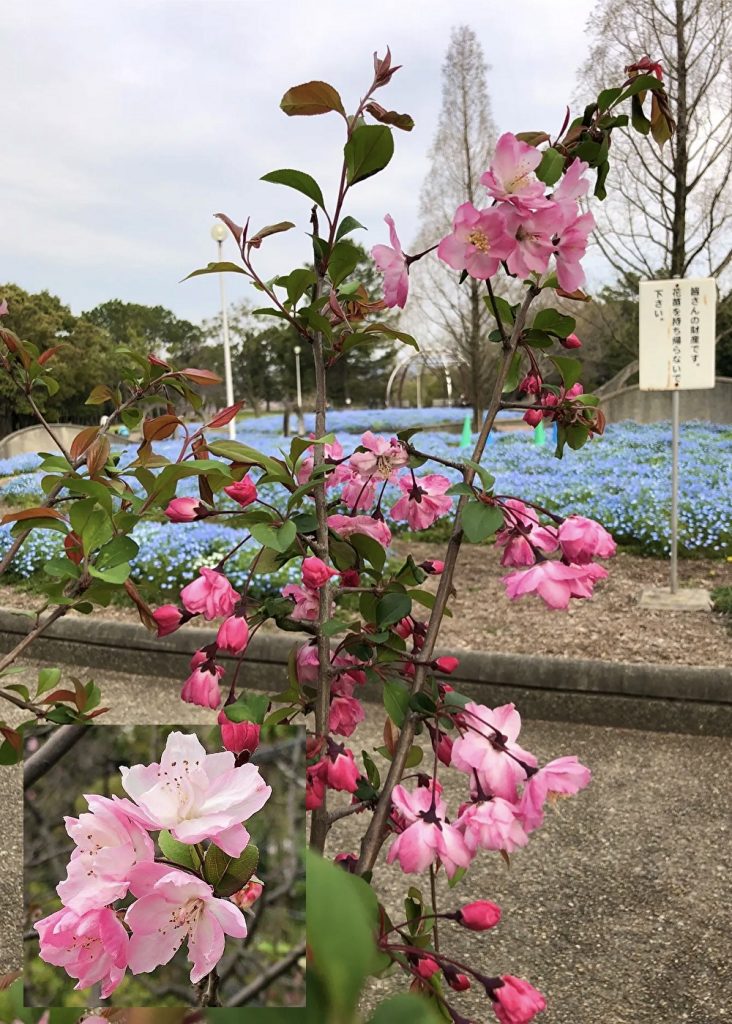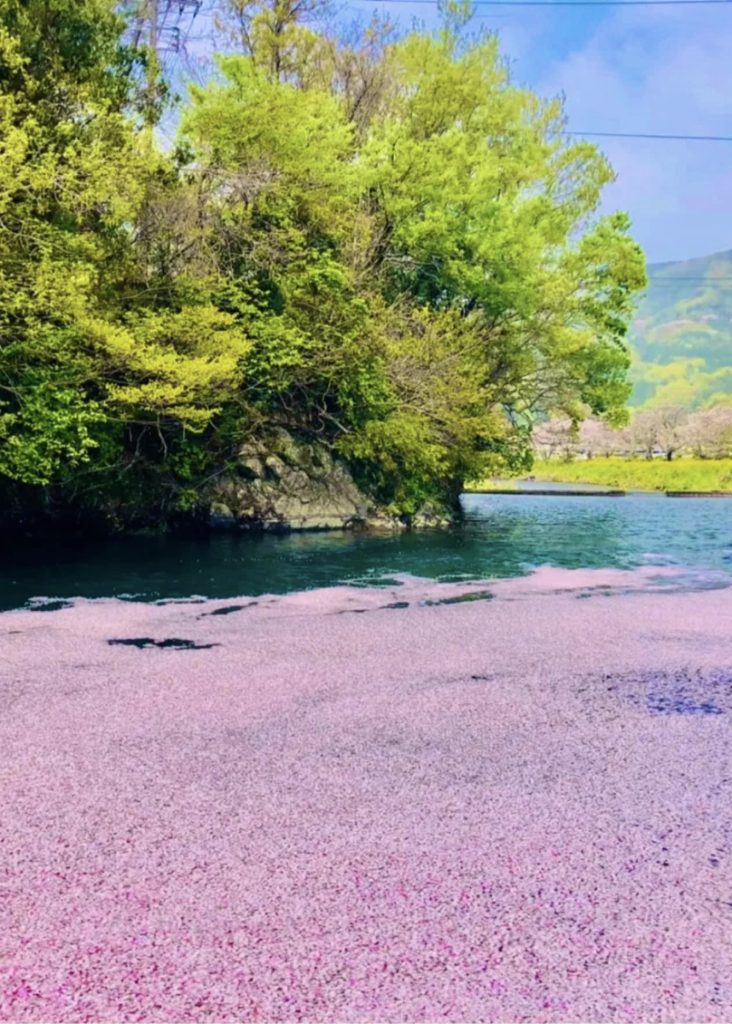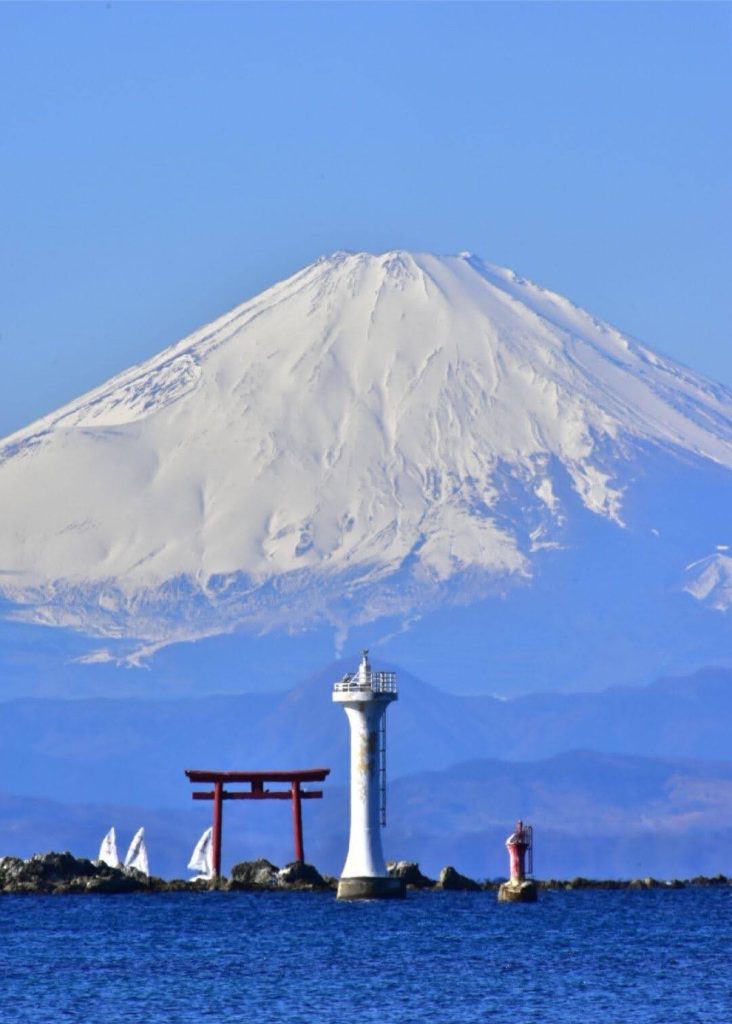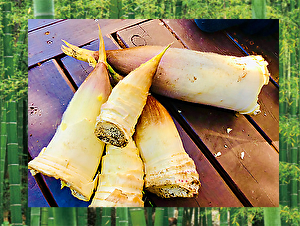
Bamboo shoots are in season. This year shows a bright sign, and we can enjoy delicious bamboo shoots. As you can see from the kanji characters for bamboo shoots (筍), the character for ‘seasonal’ (旬) is added with a bamboo radical. ‘Shun’ means a period of ten days, which is the limit for bamboo shoots. After ten days, they become too hard to eat. In other words, bamboo grows quickly. The bamboo shoots available in the market are mostly from the moso bamboo species. Bamboo shoots become bitter when exposed to sunlight, so they need to be harvested early in the morning just before they break the ground. High-quality bamboo shoots harvested from well-maintained bamboo forests are called ‘shirako,’ which is also known as the rarest and highest-quality bamboo shoots called ‘Kyoto Takenoko.’ The moso bamboo, which is known for its strong vitality to survive in harsh environments, is a material that contains a significant amount of amino acid called tyrosine, which has an excellent antibacterial effect and activates the brain. Bamboo has deep roots in Japanese culture and has been intertwined with the Japanese people since ancient times, from everyday items such as bamboo baskets and chopsticks to musical instruments like shakuhachi and tools for tea ceremonies. It is an indispensable part of Japanese life.
筍(たけのこ)が旬を迎えています。今年はやっと明るい兆しが見える年で、筍も美味しくいただけます。筍という漢字は見ての通り、旬という字に竹冠がついています。旬は十日間という意味です。つまり筍は十日間が限度で後は硬くなって食べられない。言い換えれば竹の成長はそれほど早いということです。市中に出回っている筍は多くは孟宗竹の筍です。筍は日に当たるとエグ味が出るため、地面から顔を出す寸前のものを早朝に収穫する必要があります。手入れが行き届いた竹林で収穫される良質のタケノコは「白子」と呼ばれ、京都の「京たけのこ」という食材も、白く美しい姿は「白子たけのこ」とも呼ばれ、その希少さから幻の筍とも言われる最高級品です。過酷な環境で生き延びる生命力が強い植物として知られている孟宗竹は優れた抗菌性を持ち、脳を活性化させる作用がある「チロシン」というアミノ酸を多く含む素材です。「かぐや姫」をはじめ、古くから日本人と深い関わりを持つ「竹」は、竹籠や箸といった日常品から、尺八のような楽器や茶道の道具まで、日本人の生活とは切っても切れない存在です。

